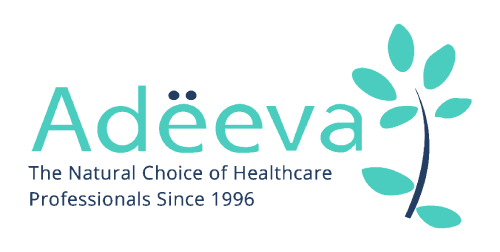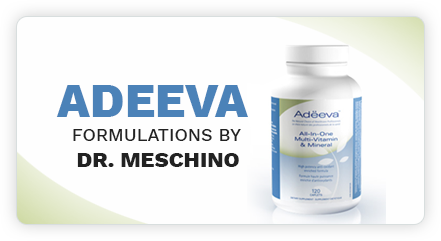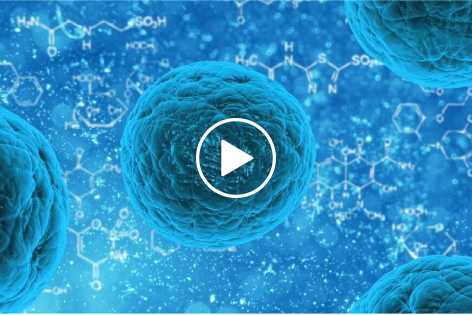
LMU 59 – Fortifying Joint Health: The Role of Glucosamine and Emerging Strategies
Source: Medscape Review Paper (July 12, 2017): Stem Cells in Sports Medicine: Ready for Prime Time?
Lifestyle Medicine Update (July 21, 2017)
Introduction
As the years roll on, the shadow of age-related joint issues looms large. Among the multifaceted approaches to address this challenge, a pivotal role has been attributed to glucosamine sulfate, often coupled with natural anti-inflammatory agents like quercetin, bromelain, and MSM. Beyond the age of 40, a reduction in the body’s glucosamine production becomes apparent, a factor essential for cartilage synthesis. This deficiency triggers a precarious imbalance where joint cartilage breakdown surges past its synthesis, culminating in the dreaded onset of osteoarthritis.
Furthermore, the inner lining of joints witnesses heightened secretion of inflammatory cytokines by white blood cells. These chemical mediators not only escalate the risk of pain but also exacerbate joint cartilage and bone degradation. Considering these factors, the integration of glucosamine with natural anti-inflammatory compounds emerges as a promising strategy to shield joint cartilage, pre-empt age-related inflammation, and abate stiffness and pain.
The Potential of Glucosamine: A Closer Examination
Numerous studies illuminate the potential of glucosamine sulfate as a formidable ally in the combat against osteoarthritis. Its supplementation has demonstrated the ability to arrest further joint destruction among individuals with mild to moderate stages of osteoarthritis. To harness this benefit, a daily dosage of 1500 mg of glucosamine sulfate is often recommended. Moreover, a complementary anti-inflammatory diet, characterized by reduced consumption of high-fat meat, dairy products, trans-fats, and refined sugars, bolsters the efficacy of glucosamine supplementation.
Exploring Advanced Strategies: Stem Cells and Platelet-Rich Plasma (PRP) Injections
In the realm of advanced joint issues, novel strategies are on the horizon. The integration of stem cell injections and Platelet-Rich Plasma (PRP) injections marks a promising avenue for addressing severe cartilage damage, acute sports injuries, and advanced osteoarthritis. However, insights into these approaches warrant thorough exploration.
Stem Cell Injections: Unlocking the Potential
Stem cell injections into affected joints have garnered mixed results, primarily attributed to the absence of a blood supply within cartilage—a prerequisite for stem cell engagement. Encouragingly, stem cell injections have showcased impressive outcomes in specific scenarios, such as osteonecrosis of the hip, a condition characterized by bone degeneration stemming from the loss of blood supply. Although stem cell therapies for cartilage damage are still in the nascent stage, innovative approaches are underway to enhance their effectiveness in promoting repair and regeneration.
Platelet-Rich Plasma (PRP) Injections: Promising Advances
In contrast, Platelet-Rich Plasma (PRP) injections have shown more promising outcomes. The process involves the extraction of whole blood followed by centrifugation to eliminate red blood cells. The resultant concentrated growth factors in PRP foster a robust healing response in conditions like cartilage and tendon damage, as well as sports injuries. Human studies spotlight the remarkable potential of PRP injections in knee osteoarthritis and accelerated bone fracture healing. While these interventions are in their infancy, the synergy with evidence-based rehabilitation therapies led by chiropractors, physiotherapists, athletic therapists, and exercise rehab specialists holds the promise of comprehensive recovery.
Beyond Joint Health: PRP in Dermatology and Anti-Aging
The applications of PRP extend beyond joint health. Dentistry, dermatology, and anti-aging medicine leverage PRP injections to stimulate hair regrowth in cases of androgenic or male-pattern hair loss. A placebo-controlled study in 2015 underscored PRP’s efficacy in reversing male pattern hair loss, shedding light on its potential in diverse fields.
Conclusion: Unveiling Novel Avenues for Joint Health
In the quest for sustained joint well-being, glucosamine emerges as a potent guardian, joined by an array of natural anti-inflammatory agents. As advancing age threatens to erode joint health, a proactive approach underpinned by glucosamine supplementation and dietary modifications takes center stage. Meanwhile, the dynamic landscape of stem cell and PRP injections paves the way for advanced strategies in the fight against severe cartilage damage and osteoarthritis. Although challenges persist, the synergy of these interventions with rehabilitative therapies propels the journey towards holistic recovery, underscoring the relentless pursuit of optimal joint health.
References
- Mandelbaum B. R. Stem Cells in Sports Medicine: Ready for Prime Time? Medscape July 12, 2017,
https://www.medscape.com/viewarticle/882226 nlid=116577_1842&src=WNL_mdplsfeat_170718_mscpedit_wir&uac=62515BJ&spon=17&impID=1391837&faf=1#vp_1 - Gentile P et al. The effect of platelet-rich plasma in hair growth: A randomized placebo-controlled trial. Stem Cells Translational Medicine 2015; 4:1-7.
http://pietrogentile.it/rel_04_2016/wp-content/uploads/2016/04/05-PRP-hair-sctm20150107_rp3.pdf - Rovati L. C. et al. Crystalline glucosamine sulfate in the management of knee osteoarthritis: efficacy, safety, and pharmacokinetic properties. Therapeutic Advances in Musculoskeletal Disease 2012.
- Reginster J. Y. et al. Long-term effects of glucosamine sulphate on osteoarthritis progression: a randomized, placebo-controlled clinical trial. Lancet 2001. 357(9252):251-6.
Eat Smart, Live Well, Look Great,
Dr. Meschino
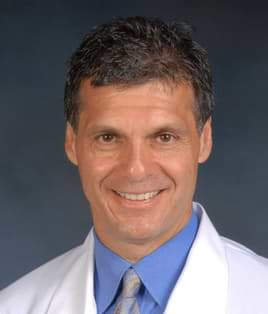
Dr. James Meschino
ABOUT THE AUTHOR
Dr. James Meschino, DC, MS, ROHP, is an educator, author, and researcher having lectured to thousands of healthcare professionals across North America. He holds a Master’s Degree in Science with specialties in human nutrition and biology and is recognized as an expert in the field of nutrition, anti-aging, fitness, and wellness as well as the author of numerous books.
